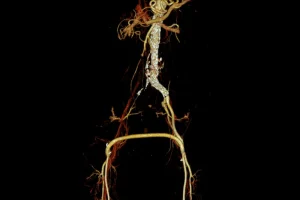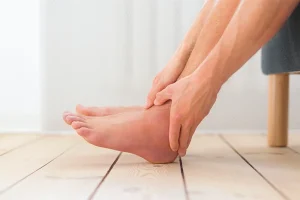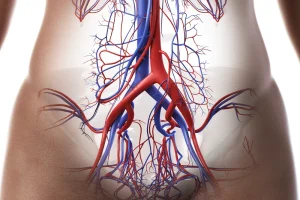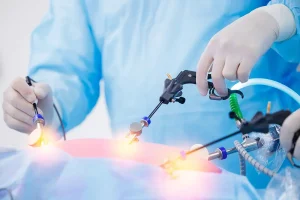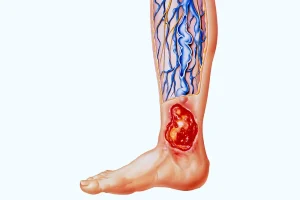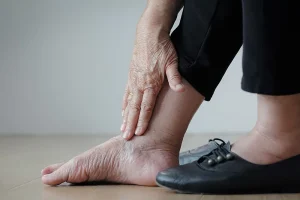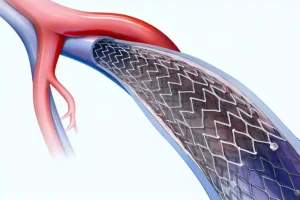Laparoscopic appendectomy
Home » Laparoscopic General Surgery » Laparoscopic appendectomy
Medical Procedures
Laparoscopic Interventions
Classic Surgical Interventions
Conditions Treated
Abdominal Conditions
- Gallbladder Disease
- Tumors of the Stomach, Liver, Pancreas
- Intestinal Pathologies
Pelvic and Perineal Conditions
Other Conditions Treated
- Thyroid
- Abdominal Lymphadenectomies
- Esophageal Tumors

Abdominal pain may be a sign of various conditions, but when it is localized in the lower right side of the abdomen and is accompanied by fever and nausea, it may indicate an inflammation of the appendix.
In this case, appendectomy is the necessary solution to prevent serious complications.
Request an appointment
Appendicitis surgery. What is a laparoscopic appendectomy?
Appendectomy, also called appendectomy, is a surgical procedure to remove the inflamed appendix. This procedure is essential to prevent the appendix from rupturing, which could lead to severe infections and other dangerous complications.
Who is appendectomy surgery for?
This surgery is recommended for people who have:
- Severe pain in the right lower abdomen
- Fever
- Nausea or vomiting
- Lack of appetite
- Bloating and abdominal discomfort If the symptoms persist or worsen, it is essential to consult a specialist urgently.
Appendectomy. How is it performed?
Before the operation
- The patient is evaluated by blood tests, ultrasound or CT scan to confirm the diagnosis.
- If appendicitis is confirmed, the patient is prepared for surgery by intravenous fluids and sometimes antibiotics.
How the operation is performed
There are two main methods for performing appendectomy:
- Laparoscopic surgery – involves making small incisions through which a video camera and special instruments are inserted. It is a minimally invasive method with faster recovery.
- Open surgery – involves a larger incision on the right side of the abdomen. It is used in cases where the appendix has ruptured or there is severe infection.
Recommendations after surgery
- Patient is monitored – May start consuming fluids and light food after a few hours.
- Pain management – Take prescribed medications as directed by the doctor to control postoperative discomfort.
- Incision care – Keep incision sites clean and dry, change dressings as instructed by your doctor and avoid direct exposure to water.
- Monitor for signs of infection – Watch for any signs of inflammation, such as redness, swelling, discharge or severe pain at the surgical site and contact your doctor if they occur.
- Rest and physical activity – Allow your body time to recover by avoiding strenuous activity and heavy lifting for 2-4 weeks.
- Walking – Light walks help improve circulation and reduce the risk of blood clots. Gradually increase the level of activity according to personal comfort.
- Avoid abdominal straining – Avoid sudden movements, heavy coughing or any activity that puts pressure on the abdominal muscles.
- Diet and hydration – Start with light foods and gradually return to a normal diet. Drinking fluids is essential to prevent constipation and keep the body well hydrated.
Complications after appendectomy
Although appendectomy surgery is safe, complications can occur such as:
- Infections at the incision site
- Abscess formation
- Internal bleeding
- Postoperative adhesions
- Temporary digestive problems
It is important that patients follow their doctor’s recommendations for optimal recovery and monitor for any unusual postoperative symptoms.
Why choose VenArt Clinic for appendicitis treatment?
- Experienced medical team – Specialists with years of practice in laparoscopic general surgery, with proven results and numerous positive testimonials.
- Modern technology – We use minimally invasive methods, such as laparoscopic surgery, for fast recovery and reduced discomfort.
- Personalized approach – Each patient is unique, and the treatment plan is tailored to their needs for a safe and effective medical experience.
- Comprehensive post-operative care – We provide guidance throughout recovery, close monitoring and answer any questions to ensure a complication-free recovery.
Book your appointment today!
With the help of an experienced medical team, you’ll benefit from a safe surgery and a quick, complication-free recovery.
Fill out the form below or call us to schedule a personalized consultation.
Our specialists will answer all your questions and provide you with a treatment plan tailored to your needs, ensuring you receive the best medical care.
Medical Team
Frequently asked questions
Stress after appendicitis surgery
It is recommended to avoid heavy lifting and strenuous physical activities for at least 4-6 weeks, especially after a classic operation. Light walking is encouraged to improve circulation and prevent complications.
Swollen belly after appendicitis surgery
It is normal for your abdomen to be slightly swollen after surgery, especially if it was performed laparoscopically, due to the gas used during the operation. The swelling should gradually decrease over a few days to a week. If it persists or worsens, it is important to consult your doctor.
First stool after appendicitis surgery
In the first few days after surgery, you may experience constipation due to anesthesia and pain medication. Drinking fluids, eating a high-fiber diet, and gentle exercise can help regulate bowel movements. If your bowel movements are delayed for more than a few days, talk to your doctor for further advice.
How long does the pain last after appendicitis surgery?
Postoperative pain is most intense in the first few days, but gradually improves over 1-2 weeks. In the case of a classic intervention, discomfort may persist longer. Medications prescribed by your doctor can help you manage pain during recovery.

